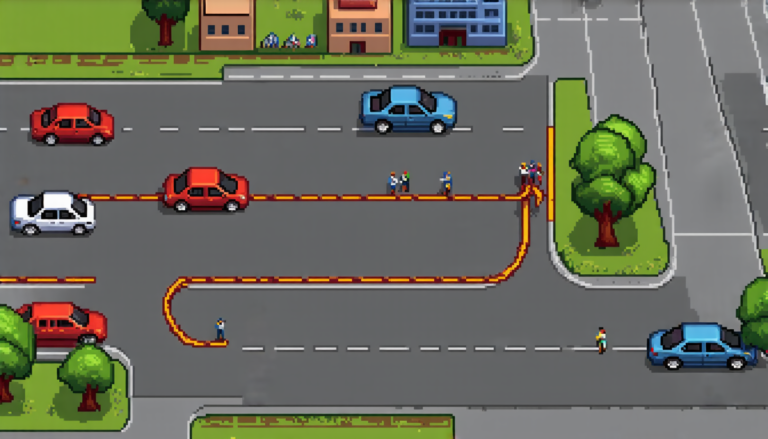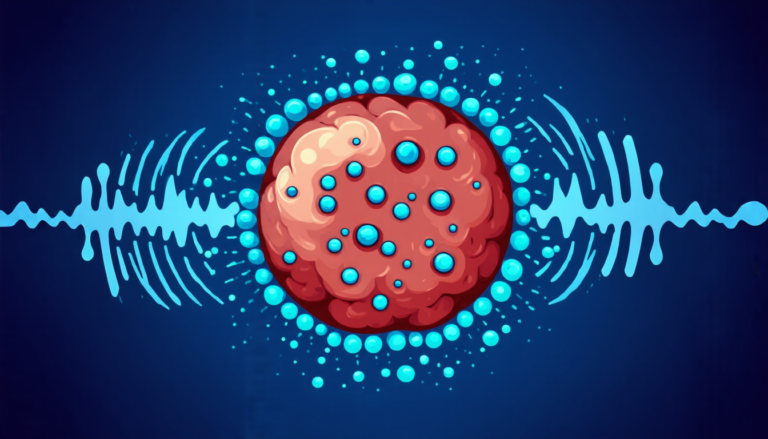Wednesday 09 April 2025
The intricate dance of algebraic geometry and representation theory has yielded a fascinating new discovery, one that sheds light on the properties of quiver Grassmannians, geometric objects that have been a subject of intense study in recent years.
Quiver Grassmannians are mathematical constructs that arise from the intersection of two seemingly disparate fields: algebraic geometry and combinatorial representation theory. In essence, they represent the set of all subrepresentations of a given representation of an algebraic quiver, which is itself a geometric object defined by a set of arrows connecting vertices.
The new discovery revolves around the concept of GKM-structures, a framework that allows researchers to study the properties of these quiver Grassmannians using the language of algebraic geometry. In particular, it has been shown that certain quiver Grassmannians possess a cellular decomposition, which is a fundamental property that enables us to understand their cohomology rings.
Cohomology rings are essential tools in algebraic geometry, as they provide a way to study the properties of geometric objects by analyzing the ways in which they intersect with other objects. In the case of quiver Grassmannians, the cohomology ring encodes information about the geometry of these objects, including their topology and the ways in which they can be deformed.
The discovery of GKM-structures on certain quiver Grassmannians has far-reaching implications for our understanding of these geometric objects. For instance, it provides a new way to study their cohomology rings, allowing researchers to better understand the properties that underlie their geometry.
Furthermore, this breakthrough opens up new avenues of research in algebraic geometry and representation theory. By applying the techniques developed in this area to other problems, researchers may uncover new insights into the nature of geometric objects and their relationships with one another.
The beauty of this discovery lies in its ability to reconcile two seemingly disparate fields, revealing a deep connection between the abstract world of algebraic geometry and the concrete realm of combinatorial representation theory. By exploring this intersection, researchers have been able to uncover new and powerful tools for studying geometric objects, which will undoubtedly lead to further breakthroughs in these fields.
As we continue to explore the properties of quiver Grassmannians, we are reminded of the power of mathematical discovery to reveal hidden patterns and connections that underlie our understanding of the world.
Cite this article: “Unlocking the Secrets of Quiver Grassmannians: A New Framework for Algebraic Geometry”, The Science Archive, 2025.
Algebraic Geometry, Representation Theory, Quiver Grassmannians, Gkm-Structures, Cohomology Rings, Geometric Objects, Combinatorial Representation Theory, Algebraic Quivers, Cellular Decomposition, Topology







